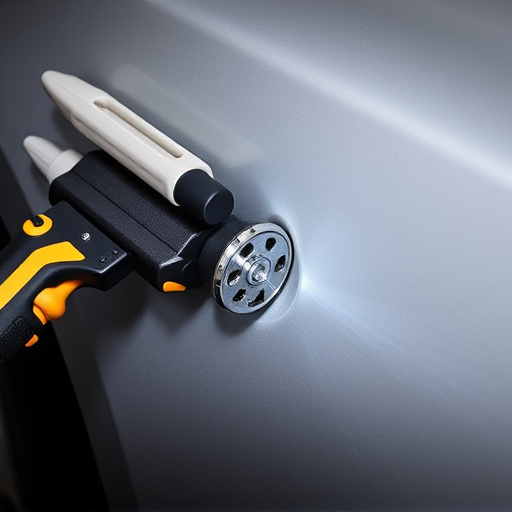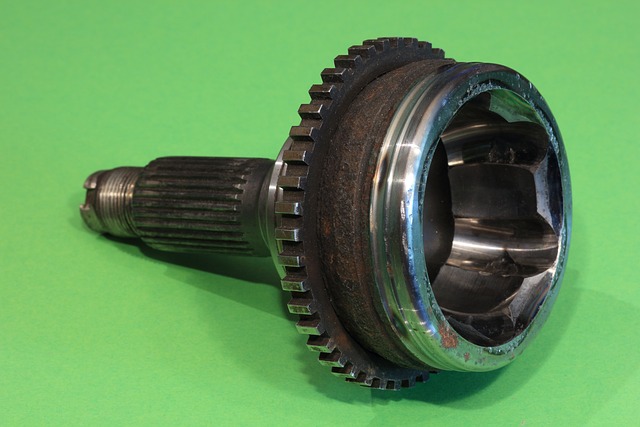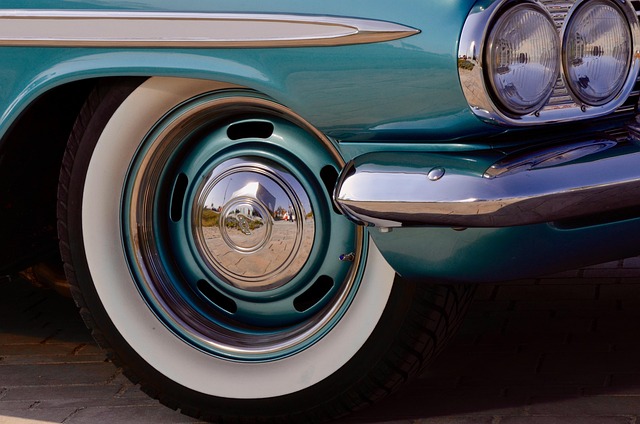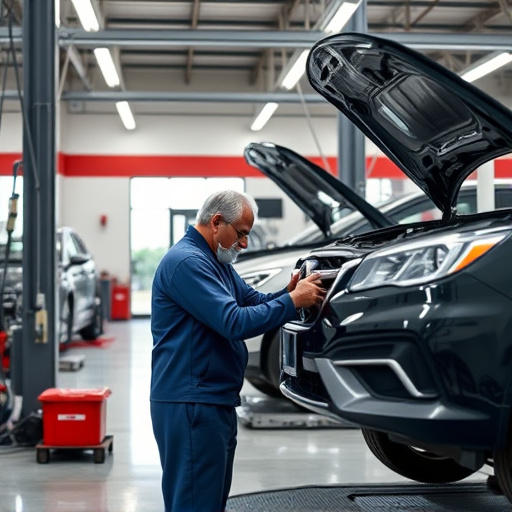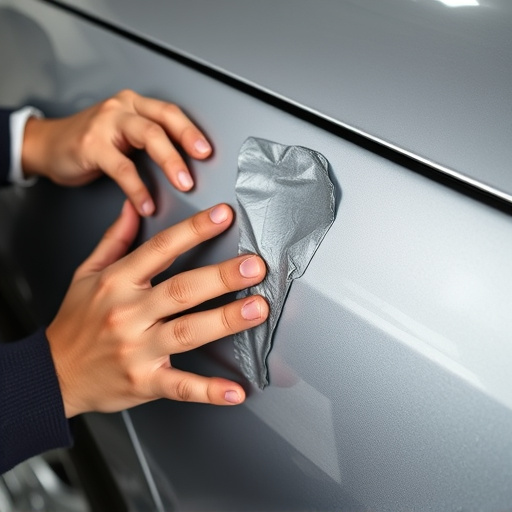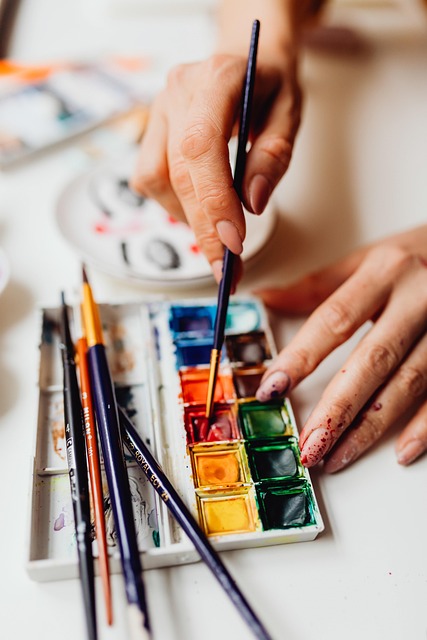Color sanding and buffing are essential techniques for achieving a smooth, uniform automotive finish in body work and dent repair. This process involves removing paint layers with progressively finer sandpaper and then buffing to enhance sheen using tools like machine or manual buffers. The right tools, compounds, and attention to detail ensure precise control, allowing professionals to meticulously shape and refine vehicle surfaces for a flawless finish comparable to factory-applied coats, while balancing paint thickness for optimal results in scratch and collision repair.
In the pursuit of flawless finishes, understanding the delicate balance between color sanding and buffing is paramount. This article guides you through the art of achieving perfection by exploring essential techniques and tools for both processes. We delve into the crucial role of paint thickness, revealing its impact on creating a harmonious finish. Discover strategic tips and best practices to master each step, ensuring your projects boast smooth surfaces and vibrant colors. Learn how to effectively combine sanding and buffing for outstanding results in any painting endeavor.
- Understanding Color Sanding and Buffing: Techniques and Tools
- The Role of Paint Thickness in Balancing Sanding and Buffing
- Strategies for Achieving a Smooth Finish: Tips and Best Practices
Understanding Color Sanding and Buffing: Techniques and Tools

Color sanding and buffing are essential techniques in achieving a smooth, uniform finish on automotive surfaces, critical components of any auto body work or vehicle dent repair process. The former involves gently removing layers of paint to even out color variations or imperfections, while buffing polishes and enhances the overall sheen.
For effective color sanding and buffing, the right tools are indispensable. Sandpaper with progressively finer grits is used for sanding, starting from coarser grades to achieve the desired level of smoothness. Buffing tools, on the other hand, range from machine buffers that offer adjustable speed and pressure to manual buffers for more precise control. These tools, when used in conjunction with quality compounds and polishes, allow auto maintenance professionals to meticulously shape and refine vehicle surfaces, ensuring a flawless finish that rivals factory-applied coats.
The Role of Paint Thickness in Balancing Sanding and Buffing

In the art of color sanding and buffing, understanding paint thickness plays a pivotal role in achieving a flawless finish. This process is particularly crucial when addressing car scratch repair or vehicle collision repair, where auto repair services aim to restore vehicles to their pre-incident condition. Paint thickness influences how deeply sandpaper penetrates the surface, affecting the removal of imperfections and the subsequent application of buffing compounds.
Thicker paint layers allow for more aggressive sanding techniques to eliminate deep scratches, while thinner coats demand a lighter touch to avoid damaging the underlying surface or affecting the final color match. Balancing these factors ensures that the finished vehicle not only looks new but also retains its structural integrity. This meticulous approach is essential in auto repair services, where precision and attention to detail are paramount.
Strategies for Achieving a Smooth Finish: Tips and Best Practices
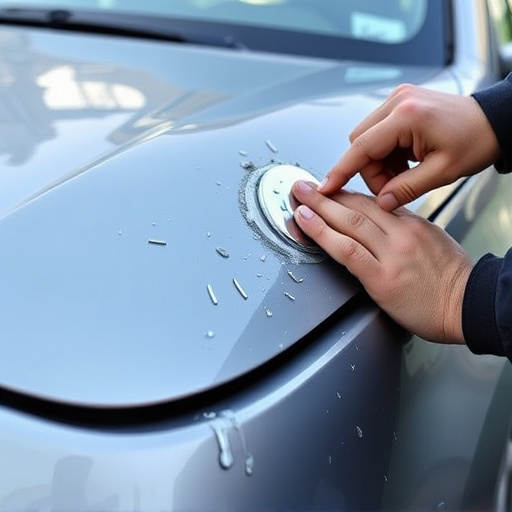
Achieving a smooth finish in auto bodywork, paintless dent repair, or car body restoration involves a delicate balance between color sanding and buffing. Start by using finer grits of sandpaper for color sanding to ensure even removal of imperfections without affecting the paint’s integrity. This step is crucial for preparing the surface before buffing.
After sanding, move on to buffing with a machine or hand tools. Choose compounds that are specifically designed for your paint type, focusing on removing minor swirls and scratches. Apply pressure evenly and work in small sections to avoid overheating the paint. Remember, the key is to combine these techniques effectively—color sanding to smoothen and buffing to polish—for a professional finish that reveals the true depth and beauty of the vehicle’s exterior.
In conclusion, mastering the art of color sanding and buffing requires a delicate balance between these techniques and an understanding of paint thickness. By employing the right tools and strategies outlined in this article, you can achieve a smooth, professional finish on your projects. Regularly practicing these techniques will enable you to enhance your craftsmanship and produce high-quality results that stand out.
